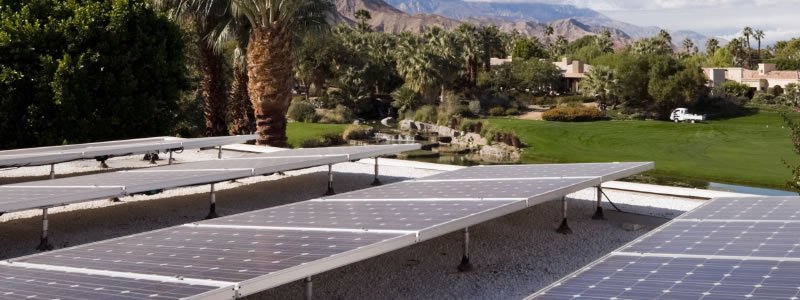
Southern California Edison (SCE), South California’s top utility, is readying its network for gigawatt volumes of rooftop PV, according to a plan filed last month.
The distributed resources plan (DRP) sent to the California Public Utilities Commission (CPUC) on July 1 analysed scenarios representing around 4.8, 5.5 and 13.8 GW distributed solar state-wide by 2025.
SCE currently has almost 2 GW of distributed renewable generation across its service territory, but that includes utility-scale solar plants.
Going forward, said Erik Takayesu, director of electric system planning for SCE: “The rooftop solar market is the fastest growing segment of interconnections in our service territory and we expect that to continue as distributed resource penetration increases.
“We believe that rooftop plays an important role that will continue to grow as we prepare the grid for increased adoption from customers. This is encouraged by state policy, including a state-wide initiative to have all new homes constructed by 2020 to be zero net energy.”
To cope with the increasing contribution that distributed renewables will make to the grid, SCE President Pedro Pizarro announced in a press release: “We’re moving toward a ‘plug-and-play’ system.
“The coming power network will make it easier for customers to plug in many types of energy technologies, whether it’s an electric vehicle, solar panels or energy storage devices.”
California’s three big investor-owned utilities were all required to submit DRPs to the CPUC in July, although SCE was the only one to publicly announce its plans.

It is also the only one to have unveiled the likely cost of the work needed to adapt its grid to handle more distributed resources, through investments in IT, communication systems, substation and distribution automation, and grid reinforcement.
The company estimates a capital spend of between USD$347 million to $560 million will be needed up until 2017, rising to between $1.4 billion and almost $2.6 billion in the period from 2018 to 2020.
“There are ranges of costs we have provided in our filing,” Takayesu said. “Between now and the end of 2017, the costs are expected to be incremental to traditional rate-case expenditures, but likely will not increase forecasted overall expenditure levels in the 2015-2017 period.”
The money will help SCE cope with increased needs for environmental sustainability, changing customer expectations, conservation and self-generation, increasing use of distributed energy resources and transportation electrification, and flattening demand for electricity, Takayesu said.
“SCE believes that its vision for the 21st Century power system represents a leading example of developing and modernising the electric grid to support distributed energy resource integration and enable customer choice, while maintaining safety and reliability,” he commented.
“As a result, we believe the grid will help to enable solar resources to proliferate and meet the state’s goals to reduce emissions.
“There are other drivers that will also influence how much growth we will see, but if recent history is any indication, growth will continue to increase at a very steep rate.”
